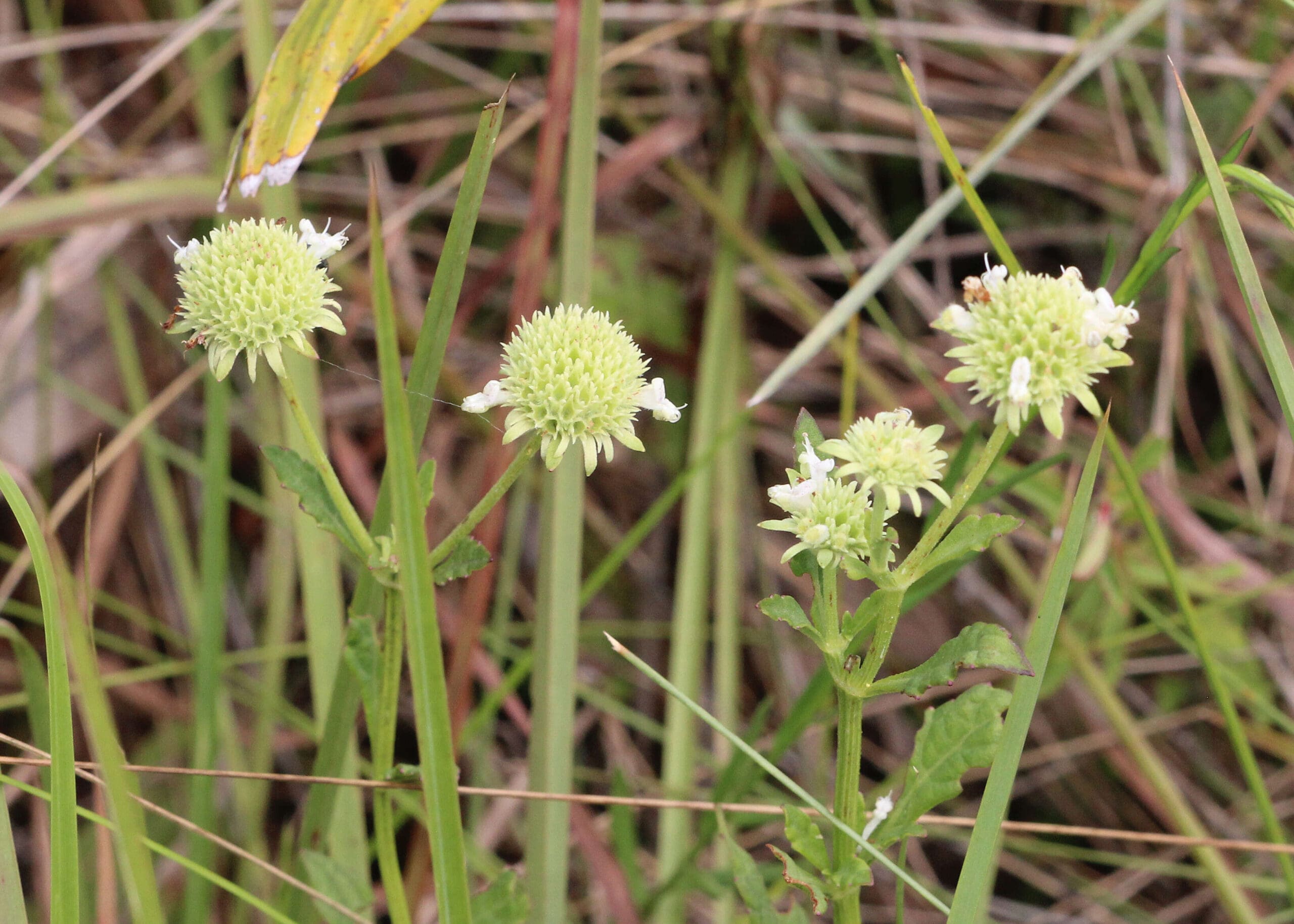In this scholarly exposition, you will acquaint yourself thoroughly with the fascinating world of the aquatic plant, Clustered Bushmint. Often overlooked, yet playing a vital role in the balance of aquatic ecosystems, this article will shed light on the features and functionality of Bushmint, fostering a profound comprehension about its ecological significance.
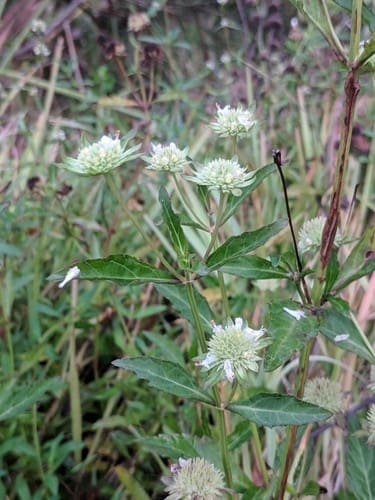
Definition and Scientific Classification of Clustered Bushmint
Explanation of what Clustered Bushmint is
Clustered bushmint is a perennial aquatic plant renowned for its aromatic properties and is often recognized by its dense, cluster-like growth pattern that typically includes both flowers and seeds. Belonging to the mint family, Lamiaceae, this plant has been used extensively in various cultures across the globe for culinary, medicinal, and commercial purposes.
Scientific Classification of Clustered Bushmint
From a scientific perspective, Clustered Bushmint falls under the domain of Eukaryota, forming part of the kingdom Plantae. It is classified under the Tracheophyta division and falls within the order of Lamiales. Clustered Bushmint is a part of the Mint family, known scientifically as Lamiaceae, and the genus Hyptis, distinguished by its distinctive scent and cluster-like arrangement.
Description of Clustered Bushmint
Physical Features of Clustered Bushmint
Clustered Bushmint displays a fascinating amalgamation of various physical characteristics. It has a multi-branched, shrub-like appearance with leaves that are ovate and possess a unique mint aroma. A copious quantity of hair-like structures covers the leaves and entirety of the plant, which assist in its survival in aquatic environments.
Size and Growth Pattern
Clustered Bushmint generally grows to a height of approximately 0.5 to 3 feet. It showcases a typical dense and cluster-like growth pattern, with the branches laden with alternating leaves and inflorescences containing the seeds.
Floral Characteristics
Flowering typically takes place sporadically throughout the year, with the plant producing small, blue, purple, or white flowers that are arranged in closely-packed clusters. These clusters typically sit at the junction of the branch and the stem, enhancing its captivating visual appeal.
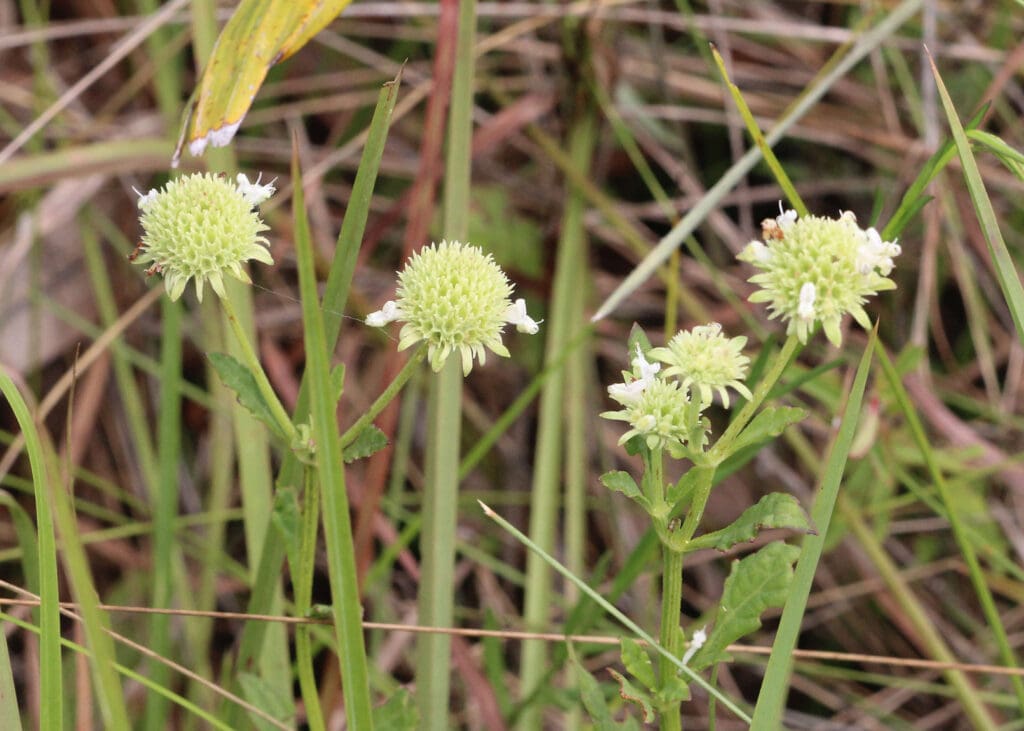
Habitat and Geographic Distribution
Natural Habitat of the Clustered Bushmint
By choice, the Clustered Bushmint prefers a wetlands environment and thrives in consistently damp and swampy conditions. Its ability to live submerged in water allows it to survive in aquatic habitats, despite varying water levels.
Geographic locations where Clustered Bushmint grows
This plant is predominantly found in warmer regions of the globe. Locations like Central and South America, the Southeast United States, and the Caribbean Islands provide favourable conditions for the Clustered Bushmint to flourish.
The Life Cycle of Clustered Bushmint
Seeding
Clustered Bushmint begins its life cycle as a seed which, after falling from the parent plant, normally germinates under high humidity and warm temperature conditions.
Growing stage
Post germination, it enters the growing phase where it transforms into a small plantlet then gradually grows into an adult plant thriving in marshy conditions.
Flowering stage
Flowering occurs throughout the year but is generally more prominent during the summertime. The flowers are pollinated primarily by insects that are attracted to their aroma and vibrant colours.
Seeds Dispersal
After pollination, the plant produces clusters of seeds which are dispersed by both wind and water during the wet season.
Dormant stage
In colder climates, Clustered Bushmint may retreat into a dormant stage. During this phase, the plant ceases growth and conserves energy for when more favourable conditions arise.
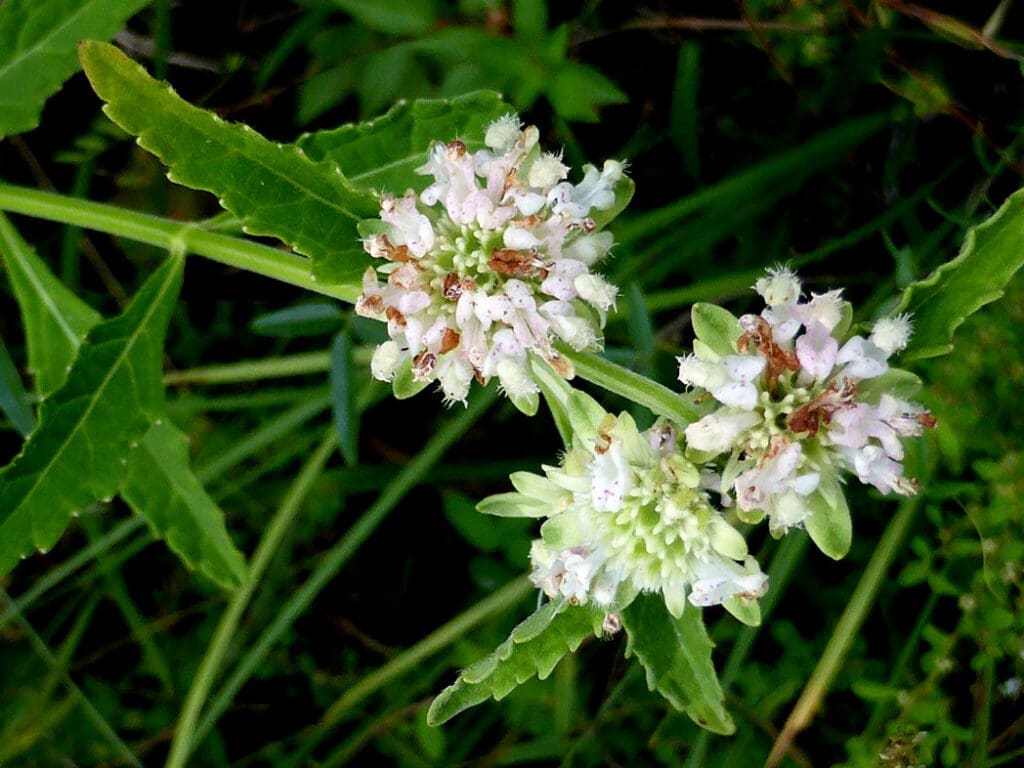
Cultivation and Care of Clustered Bushmint
Ideal Soil and Light Conditions
When it comes to soil, the Clustered Bushmint generally prefers a well-draining, loamy or sandy soil type. It is tolerant of different pH levels, demonstrating excellent adaptability. As for light, it requires a good amount of sunlight exposure to maintain healthy growth.
Watering and Temperature Requirements
Being an aquatic plant, it thrives best in consistently wet conditions. This plant requires a moderate to high temperature range, typically between 20-30°C, to support optimum growth.
Pruning and Maintenance Tips
Regular pruning helps to maintain the robustness and allure of the plant’s dense clusters. The plant is relatively easy to maintain due to its resistance to common diseases and pests.
Uses of Clustered Bushmint
Culinary Uses
Clustered Bushmint leaves have been used in culinary spheres as they exude a distinct aroma that enhances flavour profiles. They are often used as garnishes or brewed as herbal teas across various cultures.
Medicinal Uses
The essential oil from Clustered Bushmint has been used in traditional medicine for its antiseptic, antifungal, and anti-inflammatory properties.
Commercial Uses
Due to its aromatic properties, Clustered Bushmint is commonly used in manufacturing perfumes, cosmetics, and aromatherapy products.
Ecological Uses
It holds importance in balancing the ecosystem within its aquatic habitat by preventing soil erosion and providing food and shelter to various aquatic fauna.

Survival and Adaptation Mechanisms
Adaptation to Aquatic Environment
An outstanding adaptation of the Clustered Bushmint to its aquatic habitat is its ability to survive under waterlogged conditions. This is facilitated by its hair-like structures that trap air bubbles, providing the plant with the necessary oxygen in submerged conditions.
Survival Strategies during Drought
Although it predominantly thrives in a wet environment, this plant has developed mechanisms to tolerate periods of drought, which includes a deep and extensive root system that allows it to access deeper water sources.
Defense Mechanisms
The plant relies on its aromatic properties as a defense against herbivores and is equipped with a plethora of hairs which can deter many harmful insects.
Threats and Conservation of Clustered Bushmint
Common Threats
Habitat destruction due to urbanisation, climate change, and pollution are significant threats to Clustered Bushmint. Although the plant is generally resistant to pests and diseases, severe cases may still pose a risk.
Conservation Efforts
Efforts to protect and conserve the Clustered Bushmint include preservation of wetlands, creating legal protection for the species, and carrying out regular biodiversity studies.
Role of Local Communities
Local communities play a pivotal role in the conservation of the Clustered Bushmint through sustainable harvesting methods, educational initiatives, and maintaining traditional cultural practices that protect local biodiversity.
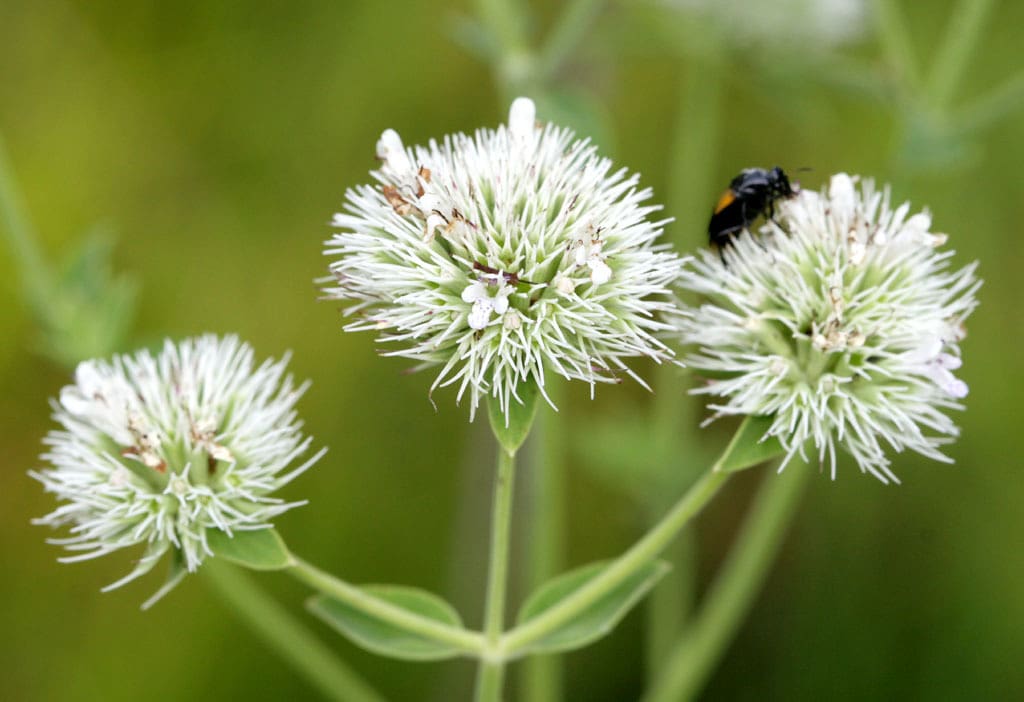
Clustered Bushmint and Biodiversity
Biodiversity within Clustered Bushmint Habitats
Typically found in wetlands, Clustered Bushmint contributes to biodiversity by creating habitats and food sources for a wide array of aquatic fauna and beneficial insects.
Role in Ecosystem Balancing
By providing oxygen, filtering the water, and preventing soil erosion in its ecosystem, the plant plays a significant role in maintaining ecological balance.
Influence on Other Species
Clustered Bushmint has indirect influences on other species by attracting pollinators and providing food and niche opportunities for various organisms.
Interesting Facts about Clustered Bushmint
Cultural Significance
In many cultures, Clustered Bushmint is associated with positive symbolism. Its pleasant aroma is appreciated in traditional ceremonies and it also holds significance in traditional medicine.
Specific Unique Features
Some unique features of the plant include its aromatic leaves, cluster-like growth pattern, and remarkable adaptation mechanisms to survive in both aquatic and non-aquatic environments.
Less Known Facts
Despite being an aquatic plant, Clustered Bushmint is surprisingly drought-tolerant. Moreover, this plant is hermaphrodite, meaning it can produce both male and female flowers, increasing its ability to self-propagate.
In conclusion, Clustered Bushmint is an interesting and valuable plant. Its ecological, economic, and cultural importance makes it essential to understand and conserve this unique aquatic species.
